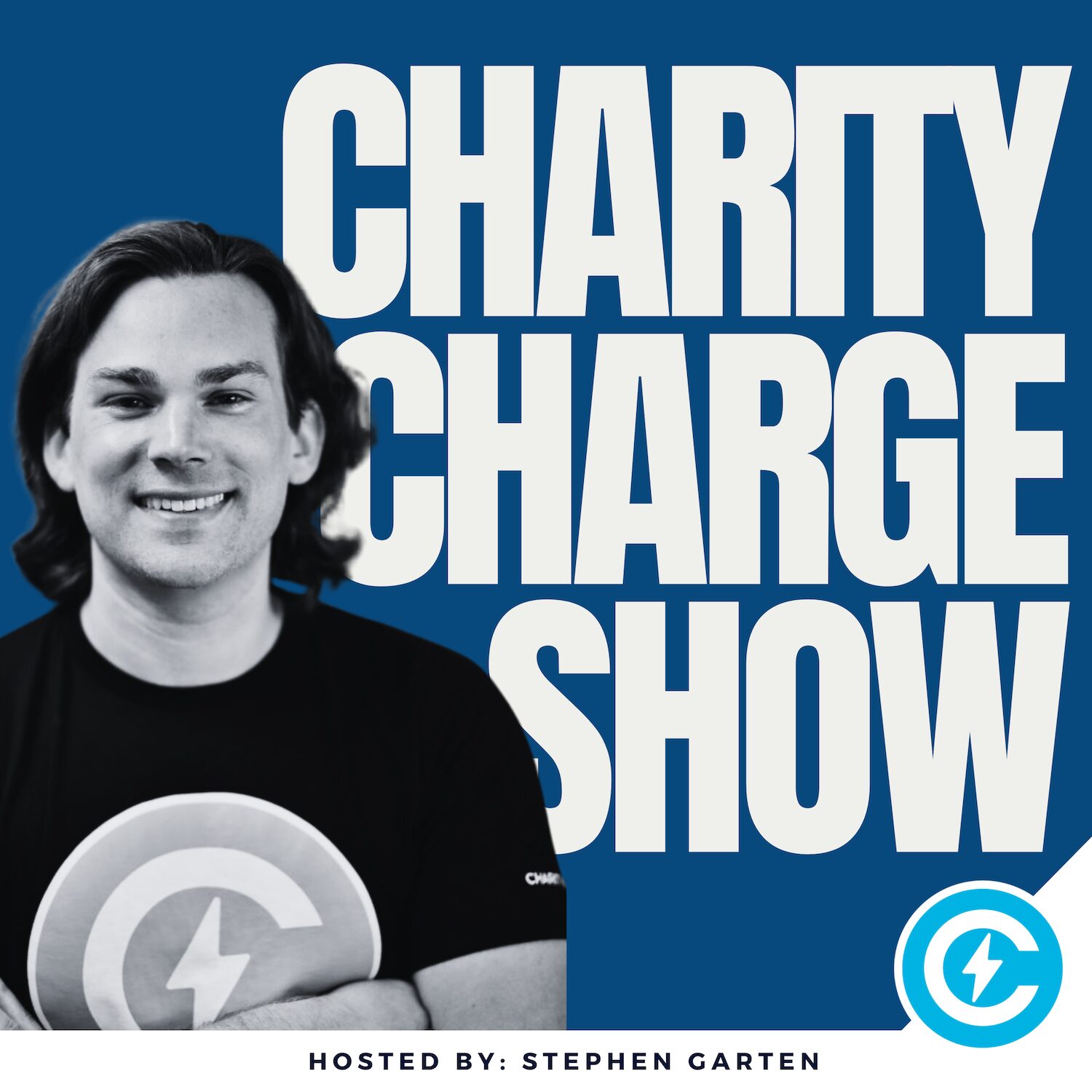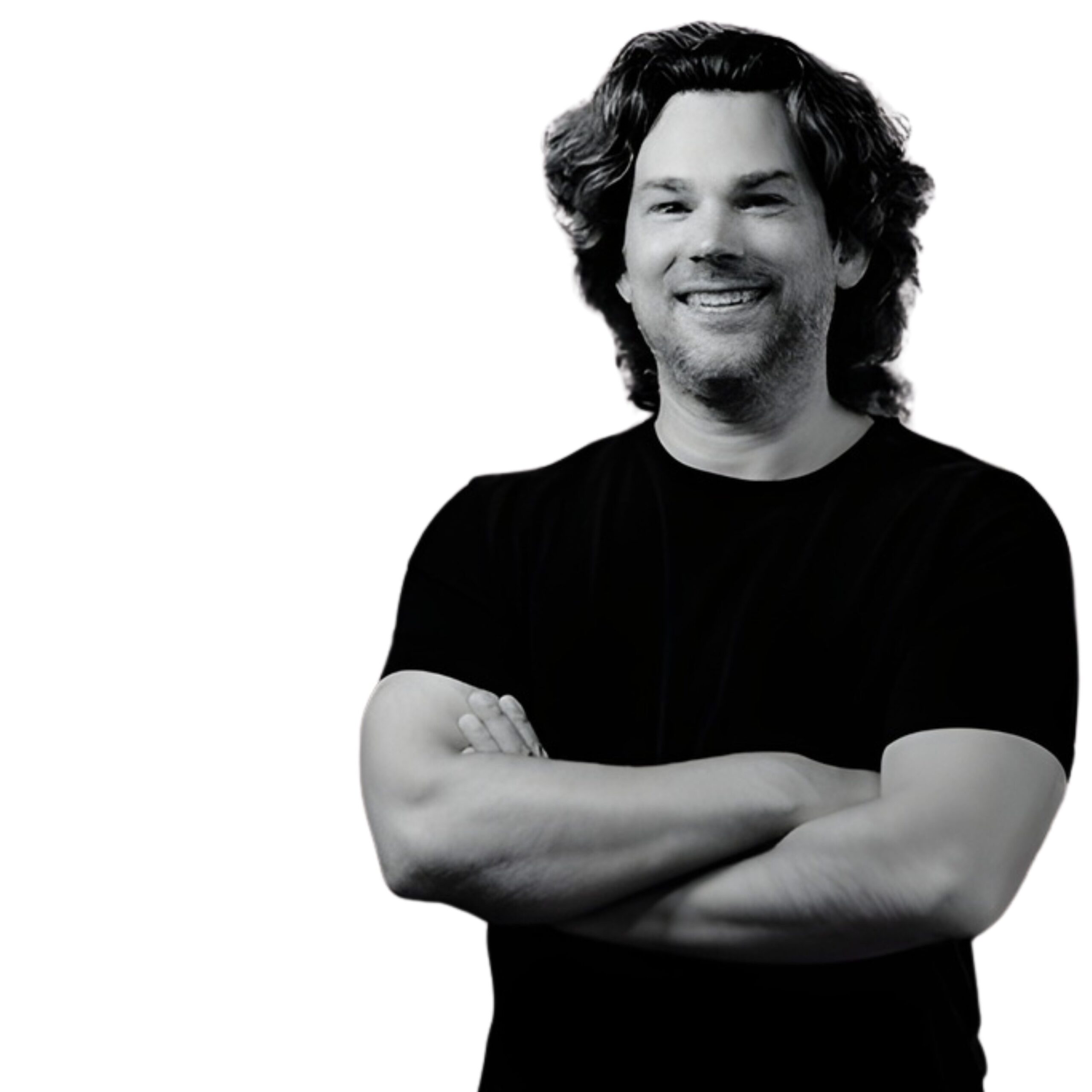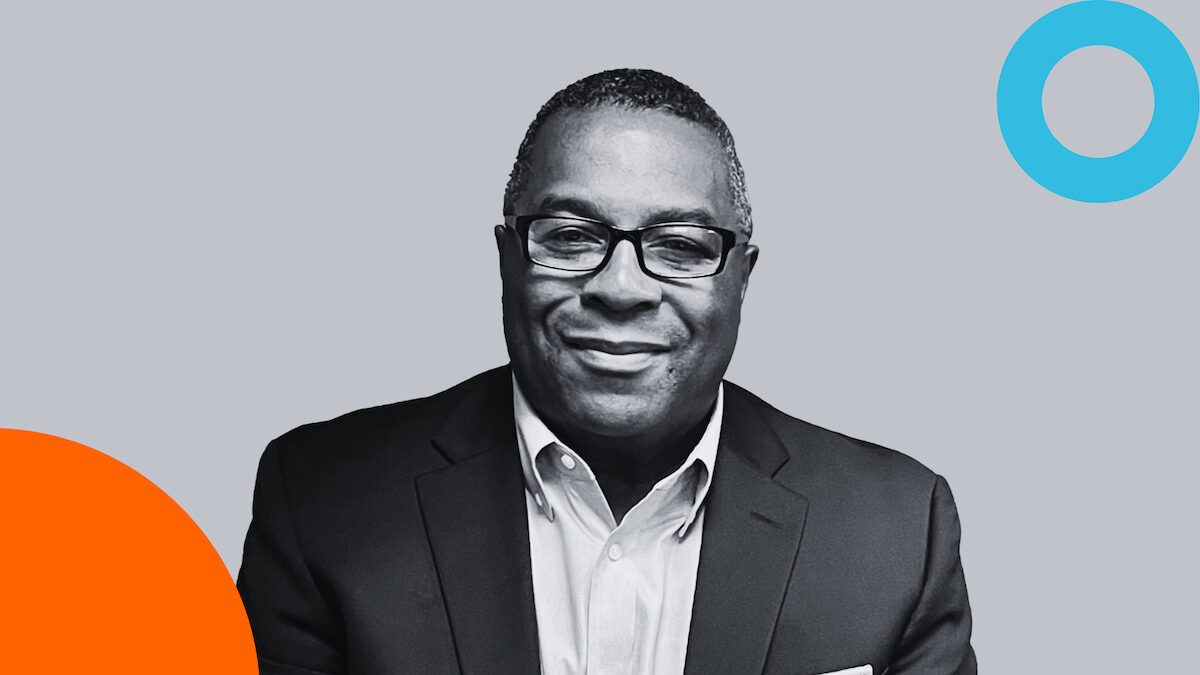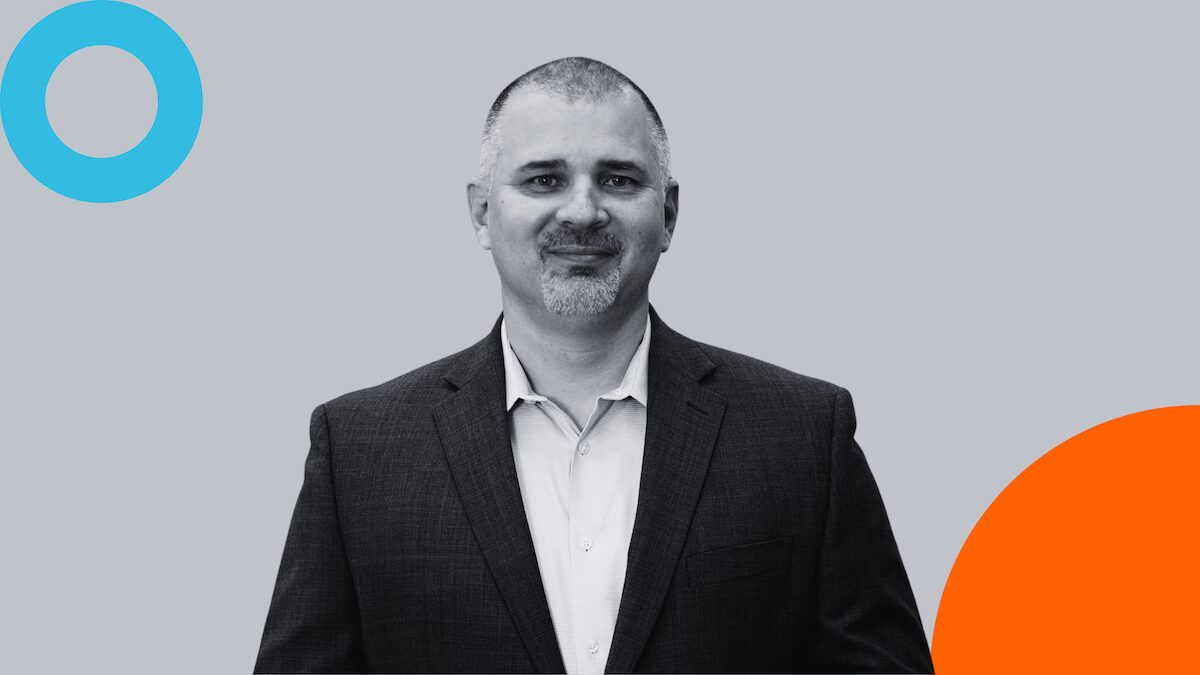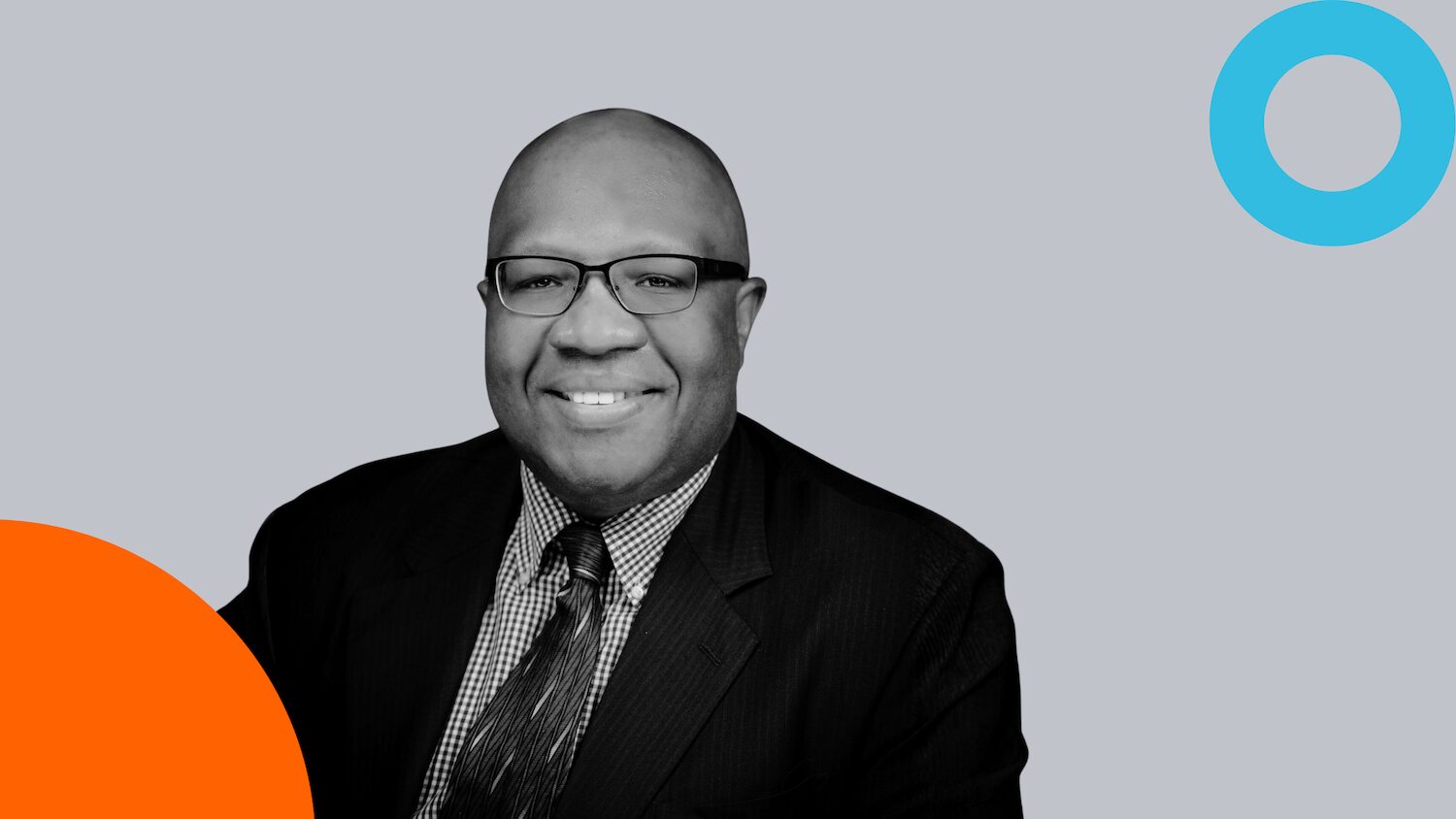In Episode 134 of the Charity Charge Show, host Stephen Garten sits down with David Gottfried, founder of the U.S. Green Building Council (USGBC), the World Green Building Council, and the architect behind the LEED green building rating system. What begins as a conversation about sustainable buildings quickly expands into something much deeper.
It becomes a straight talking roadmap for nonprofit leaders who are trying to build something that feels larger than their budget, their team, or the confidence they have at this moment.
Gottfried takes listeners into the early days of USGBC, the doubt that nearly stopped the movement, and the stubborn persistence required to turn a simple idea into a global force. The episode is part biography, part masterclass, and part call to action for founders who know their work matters but feel the weight of the climb.
About David Gottfried
David Gottfried is one of the most influential figures in the global sustainability movement. He launched the U.S. Green Building Council in 1993, co founded the World Green Building Council, and created the LEED rating system, which has reshaped how buildings are designed, constructed, and operated worldwide.
Gottfried is an engineer by training, an entrepreneur by instinct, and a teacher at heart. His systems thinking approach helped turn the concept of “green buildings” from a niche idea into a marketplace standard adopted by governments, Fortune 500 companies, universities, and developers in more than 180 countries.
About the U.S. Green Building Council (USGBC)
Founded in 1993, the U.S. Green Building Council is a nonprofit organization dedicated to transforming how buildings and communities are designed, built, and operated. USGBC brought together architects, engineers, manufacturers, utilities, environmental nonprofits, and government leaders to establish common standards for high performance green buildings.
USGBC is best known for developing LEED, the world’s most widely used green building rating system. The organization also runs the annual Greenbuild Conference, manages a global membership network, and offers training, accreditation, and resources for professionals working in sustainability and the built environment.
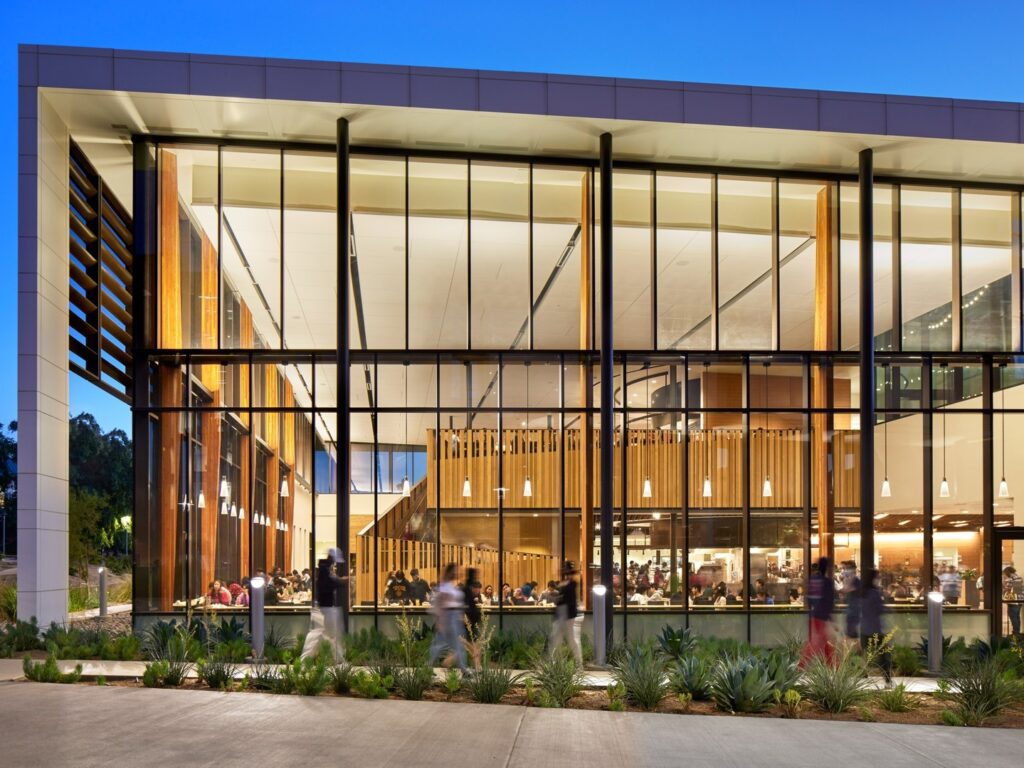
About the World Green Building Council
The World Green Building Council was co founded by David Gottfried as an international coalition of national Green Building Councils. Today, it includes councils in more than 85 countries. Its mission is to accelerate the uptake of green buildings, net zero standards, and regenerative design across the globe.
The World GBC connects governments, private sector leaders, and nonprofits to support climate policy, strengthen building performance standards, share best practices, and raise global ambition in the building sector.
About the LEED Green Building Rating System
LEED (Leadership in Energy and Environmental Design) is the most widely recognized and adopted green building certification program in the world. Created under the direction of David Gottfried and USGBC, LEED provides a point based framework for evaluating building performance across categories such as:
- Energy efficiency
- Water conservation
- Indoor environmental quality
- Materials and waste
- Location and transportation
- Carbon reductions
- Overall sustainability
Projects can earn Certified, Silver, Gold, or Platinum status.
Today there are more than 195,000 LEED projects across 186 countries, representing billions of square feet of certified space. LEED has influenced building codes, government procurement, private development, and the overall trajectory of sustainable design for more than two decades.
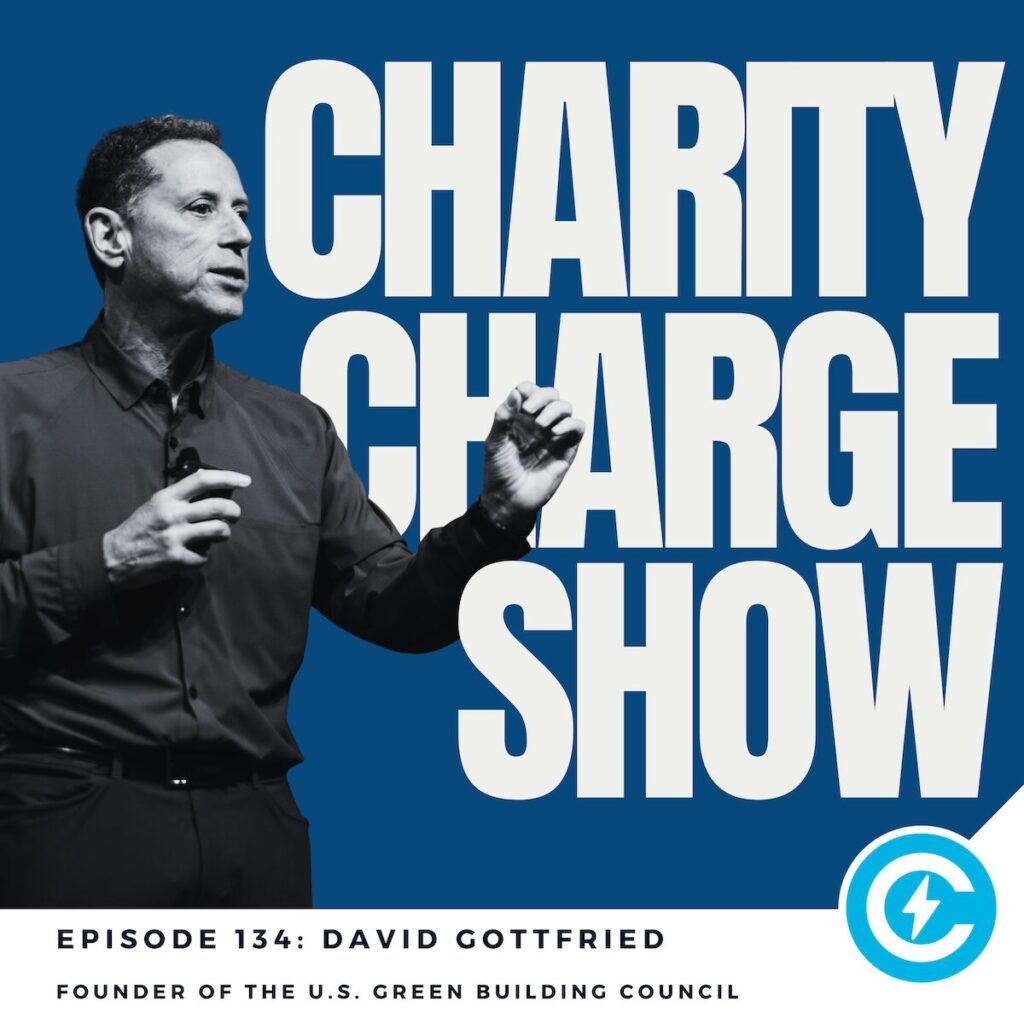
Q&A Podcast Transcript
Q: Stephen opens the episode by sharing how discovering LEED in college shaped his entire career. How do you respond to hearing that your work impacted someone so personally?
David:
I loved that story when you first shared it. It gave me chills. People often do not realize the seeds they plant in the world. We throw seeds everywhere. Sometimes we come back years later and see the trees and the flowers that grew out of those seeds. Hearing how LEED influenced your path, and seeing you now building Charity Charge, gives me hope. That is why we do this work.
Q: Take us back to 1993. What did the very beginning of the U.S. Green Building Council look like? What got it off the ground?
David:
Day one of any nonprofit is raw. There is no brochure, no website, no staff, no budget. Just a founder with a vision, passion, and hope.
USGBC started the same way. In April 1993, I pulled together 60 leaders in a room at the AIA headquarters in Washington. I spent days walking the expo floor at architect conferences, cold calling firms, emailing, faxing, chasing anyone who would listen. Success meant one of two things. Either they agreed to show up or they told me to stop calling.
We had major manufacturers, architects, engineers, utilities, and important environmental nonprofits like NRDC and Rocky Mountain Institute. Everyone got one vote. That built trust. We raised about $125,000 to get started and formed a board with 13 industry sectors represented.
The honest truth is this. The founder is broke financially, but rich in mission. You are climbing a mountain with no base camp and a hailstorm hitting you. You keep climbing because the mission matters more than the pain.
Q: You mentioned that USGBC actually started earlier as part of an ASTM committee. What pushed you to break out and form your own organization?
David:
The original effort began in 1991 through an ASTM subcommittee on green building standards. But consensus standards can pull in the wrong direction. We had groups like the Tobacco Institute pushing for smoking in buildings. That was a red line. So we yanked the idea out of ASTM and started an independent nonprofit.
That was the real beginning. We needed a mission driven home without forces that were trying to weaken the standard before it even existed.
Q: Once the board and founding members were in place, what were the next key milestones?
David:
We launched our first conference with no money. We partnered with the National Institute of Standards and Technology, which gave us credibility by printing proceedings. We brought in key voices like Paul Hawken and Bill McDonough before they were widely known.
The breakthrough came when we created the pilot for the LEED Green Building Rating System. The Department of Energy funded the early stages with around $800,000. When LEED hit the market, that was the hockey stick moment. The growth curve went from flat to steep almost overnight.
Q: Timing is everything. Why did LEED take off when it did? What was happening in the nineties?
David:
People assume we timed it perfectly. We did not. We were early. Too early, honestly. For years, the curve was flat. But early is sometimes necessary because you become the first mover. The world was waking up to sustainability. Climate science was getting public attention. Universities and cities were starting to ask better questions. LEED arrived right as the market was ready to change.
Q: Who came up with the idea for LEED and how did the rating system take shape?
David:
The inspiration came from the United Kingdom’s BREEAM rating system, the first of its kind. I studied it closely and spoke to the people behind it. Canada had one too, though it was overly complex and failed. Engineers like me want systems that are simple and scalable.
We created LEED by distilling green building into clear categories: energy, water, materials, indoor air quality, daylighting, transportation, and waste. LEED became a 100 point system with certification levels from Certified to Platinum.
The power was in taking something complex and making it simple enough for the entire industry to understand and adopt.
Q: LEED became a global standard and an earned revenue engine for USGBC. How did the business model develop?
David:
Nonprofits that ignore dollars and cents do not last. USGBC succeeded because we built many revenue streams:
- Membership dues
- Conferences and expos
- Continuing education
- Training programs
- Reference guides
- LEED AP exams
- Project certification fees
The exam itself became a major engine. Hundreds of thousands took it. Some passed. Some failed and took it again. It sustained the organization.
The deeper truth is this. Every nonprofit today needs five to ten revenue streams. You cannot rely on grants or donations alone. When government contracts dry up, only earned revenue keeps you alive.
Q: You shared an example about extending the legacy LEED exam window that generated a surge in revenue. What happened?
David:
We were transitioning from an older, easier exam to a newer, more difficult one. Demand went through the roof. People wanted to take the old version before it closed.
The team planned to shut off the old exam before the new one was ready. That would leave a dead period with no revenue. I told them to keep the old exam open until the new one launched. That one decision created hundreds of thousands of dollars in a single month.
You cannot shut down the system when the fish are jumping into the boat. That is basic business sense.
Q: Many founders get stuck because people close to them discourage them. How did you deal with doubt and discouragement?
David:
Everyone gets firehosed. Especially founders. Your flame is vulnerable. Family and friends often try to “protect” you by extinguishing your idea before it grows.
My father was brilliant and gave me the tools I needed, but he told me not to come home when I was starving. That hurt. But he shaped me. He pushed me. He taught me discipline and persistence.
You need to expect hundreds of no’s. I got more than I can count. At some point, I came to believe a no was just someone I had not persuaded yet.
If the mission is big enough, you find your tribe. You learn the economics. You learn the risk models. You keep climbing.
Q: Stephen shared a similar experience with his grandfather trying to talk him out of starting Charity Charge. How do you interpret that kind of discouragement now?
David:
It usually comes from love and fear. They want to protect you. They want you safe. They also project their generation’s worldview. But they give you tools. They give you grounding. They give you values. That matters far more than their fear.
Over time, those same people often become your biggest supporters once they see you succeed. Your grandfather did that for you. My father did the same for me. They taught us to fly, even if they were afraid of the altitude.
Q: How did your own mindset shift from fear to confidence in the early years?
David:
I worked 13 weeks straight in a borrowed office with no pay. I mailed, faxed, called, pitched day and night. I drank so much coffee one day I physically could not speak. But I kept going because quitting was not an option.
Founders develop calluses. You go from fear to determination. Then from determination to inevitability. Once you cross that line, you cannot be stopped.
Q: You spoke about redefining wealth and values. What did you mean by that?
David:
True wealth is not money, buildings, or boats. True wealth is a stable climate, breathable air, clean water, fertile soil, and communities that have resilience.
Industrial culture confused accumulation with prosperity. We externalized the damage. Nature does not do that. Nature has no waste. Everything cycles.
If your work protects air, water, and soil, you are creating real wealth. That is legacy.
Q: As the episode closes, what message do you want nonprofit leaders to take with them?
David:
Do not quit. You are climbing a mountain that matters. The world needs your flame. You need others to climb with you. We need to support each other, celebrate each other, and recognize that we are all part of the same tribe.
Hope is not passive. Hope is action. Hope is health on planet earth. Keep climbing.






